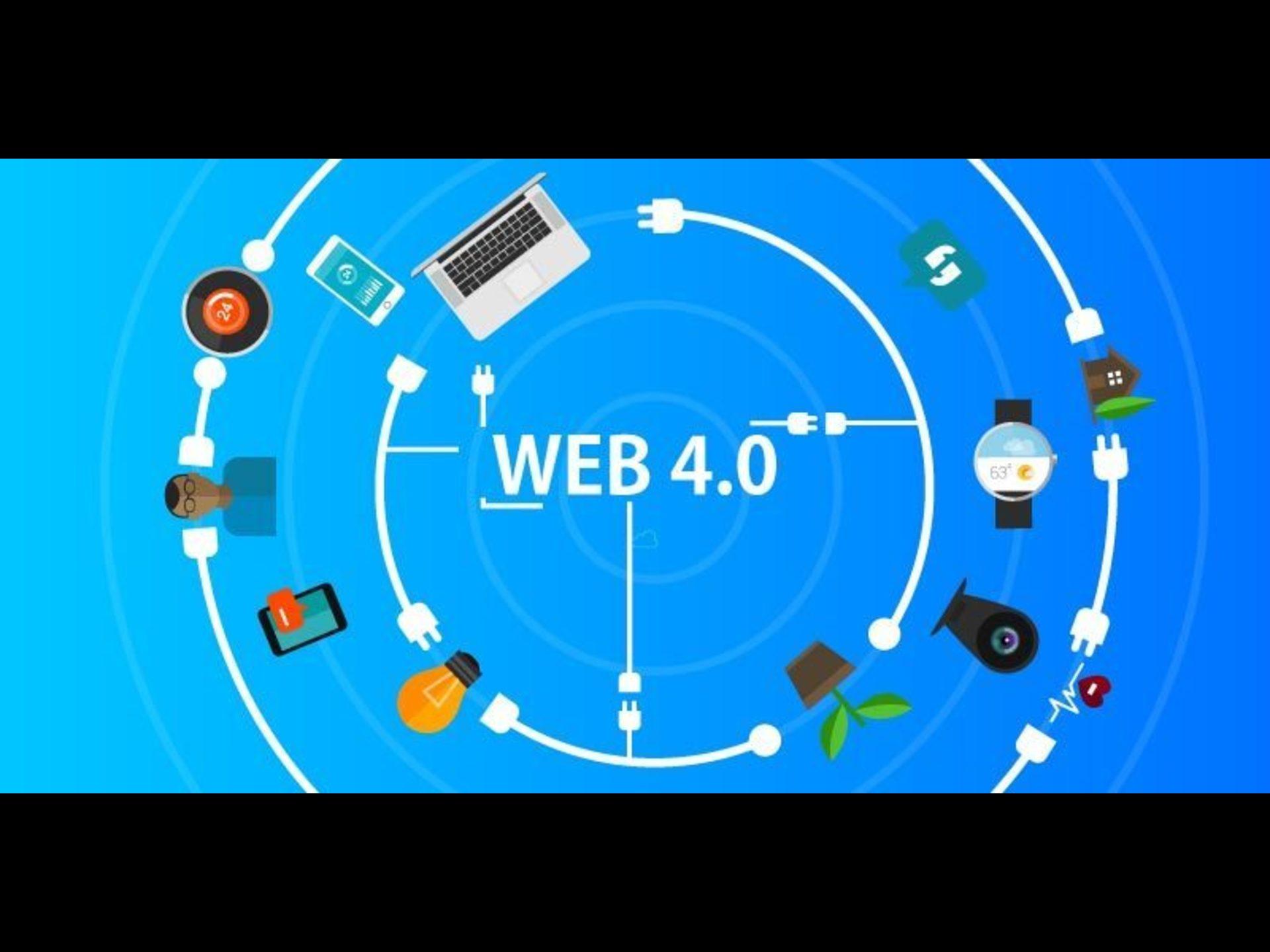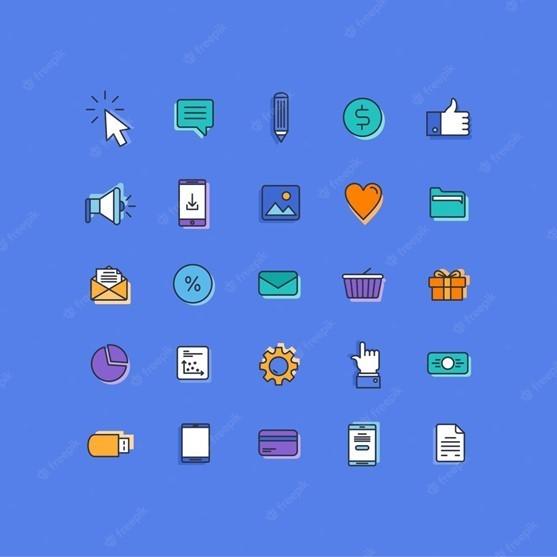
Exploring the Reality of Web4.0: Is the New Web Really Here?

Image Source: FreeImages
We’ve all heard of Web3.0, but what about Web4.0? In recent years, there has been a lot of buzz about Web4.0 and its potential to revolutionize the way we interact with the web and the world around us. But what exactly is Web4.0, and is it really here? In this blog, I’ll explore the reality of Web4.0 and provide an in-depth look at its potential benefits and challenges.
Introduction to Web4.0:
Web4.0 is the latest evolution of the web, which promises to bring us the most advanced and interconnected web experience yet. It is the next step in the evolution of the web, and it is already here. Unlike Web3.0, which focused on improving the user experience, Web4.0 focuses on creating an even more immersive and connected web experience.
Web4.0 will feature a number of new technologies and innovations, many of which are already being developed and tested. These include artificial intelligence (AI), machine learning, augmented reality, virtual reality, and blockchain technologies. All of these technologies will be used to improve the way we interact with the web and with each other.
What is Web4.0?
Web4.0 is a term that has been coined to describe the next generation of the web. It is a combination of the latest technologies and innovations that will make the web more interactive, connected, and intelligent. Web4.0 will not be a single technology or platform, but rather a collection of technologies that will work together to create a more immersive, connected, and intelligent web experience.
Web4.0 will be more than just a website or platform. It will be an interconnected network of web applications, services, and platforms that will be able to interact with each other and with the user in real time. Web4.0 will enable us to access, store, and share information faster and more efficiently than ever before.
The Difference between Web4.0 and Web3.0:
Web3.0 and Web4.0 are similar in many ways, but there are some key differences between them. Web3.0 focused on improving the user experience by creating more intuitive, user-friendly interfaces. It also focused on improving data security by creating secure networks and protocols.
Web4.0, on the other hand, focuses on creating an even more connected and intelligent web experience. It uses artificial intelligence and machine learning to create more intelligent and personalized web applications. It also uses augmented reality and virtual reality to create an even more immersive web experience.
The Benefits of Web4.0:
Web4.0 promises to bring a number of benefits to users, businesses, and society as a whole. Here are some of the potential benefits of Web4.0:
• Increased efficiency: Web4.0 will use AI and machine learning to help automate processes and make them more efficient. This will help businesses and organizations save time and money.
• Improved user experience: Web4.0 will use augmented reality and virtual reality to create more immersive and interactive web experiences. This will help engage users and make the web more enjoyable.
• Increased security: Web4.0 will use blockchain technology to create more secure networks and protocols. This will help protect user data and information.
• Improved access to information: Web4.0 will use new technologies to make it easier to access, store, and share information. This will help people access the information they need more quickly and easily.
• Improved collaboration: Web4.0 will use new technologies to make it easier for people to collaborate and work together. This will help promote collaboration and innovation.
How Web4.0 Will Change the Way We Work:
Web4.0 will change the way we work in a number of ways. Here are some of the potential changes:
• Increased automation: Web4.0 will use AI and machine learning to automate processes and make them more efficient. This will help reduce the amount of manual labor required to do certain tasks.
• Improved collaboration: Web4.0 will use new technologies to make it easier for people to collaborate and work together. This will help promote collaboration and innovation.
• Improved access to information: Web4.0 will use new technologies to make it easier to access, store, and share information. This will help people access the information they need more quickly and easily.
• Increased flexibility: Web4.0 will make it easier for people to work remotely and flexibly. This will help reduce the need for traditional office spaces and give people more freedom and flexibility in how they work.
• Improved productivity: Web4.0 will use AI and machine learning to help automate processes and make them more efficient. This will help increase productivity and reduce the amount of time needed to complete tasks.
Challenges of Web4.0:
While Web4.0 promises to bring a number of benefits to users, businesses, and society as a whole, it also presents a number of challenges. Here are some of the potential challenges of Web4.0:
• Security risks: Web4.0 will use new technologies to make it easier to access, store, and share information. This could increase the risk of data breaches and other security risks.
• Increased complexity: Web4.0 will be more complex than Web3.0, which could make it more difficult to develop and maintain.
• Privacy concerns: Web4.0 will use AI and machine learning to create more intelligent and personalized web applications. This could potentially lead to privacy concerns.
• Increased costs: Web4.0 will require businesses to invest in new technologies and infrastructure, which could lead to increased costs.
Web4.0 Technologies:
Web4.0 will use a number of new technologies to create a more immersive and connected web experience. Here are some of the potential technologies that will be used in Web4.0:
• Artificial intelligence (AI) and machine learning: AI and machine learning will be used to create more intelligent and personalized web applications.
• Augmented reality (AR) and virtual reality (VR): AR and VR will be used to create more immersive and interactive web experiences.
• Blockchain technologies: Blockchain technologies will be used to create more secure networks and protocols.
• Cloud computing: Cloud computing will be used to store and access data and information more efficiently.
• Internet of Things (IoT): IoT will be used to connect devices and sensors to the web and enable them to communicate with each other.
Examples of Web4.0 Solutions:
There are already a number of Web4.0 solutions being developed and tested. Here are a few examples:
• Google Duplex: Google Duplex is an AI-powered virtual assistant that can make phone calls and book appointments on your behalf.
• Amazon Alexa: Amazon Alexa is an AI-powered virtual assistant that can answer questions, play music, and control smart home devices.
• Microsoft HoloLens: Microsoft HoloLens is an augmented reality device that can be used to create interactive 3D experiences.
• IBM Watson: IBM Watson is an AI-powered system that can analyze data and provide insights.
• Ethereum: Ethereum is a blockchain-based platform that enables users to securely transfer and store digital assets.
The Future of Web4.0:
The future of Web4.0 looks bright. As new technologies emerge and become more widely adopted, Web4.0 will continue to evolve and become even more powerful and useful. In the future, Web4.0 will be used to create more efficient, secure, and immersive web experiences. It will also be used to create new and innovative ways for us to interact with the web and with each other.
Conclusion:
Web4.0 is the next evolution of the web, and it is already here. It promises to bring a number of benefits to users, businesses, and society as a whole, and it is already being used to create new and innovative web experiences. While there are still some challenges to overcome, Web4.0 is here to stay, and it will continue to shape the future of the web.